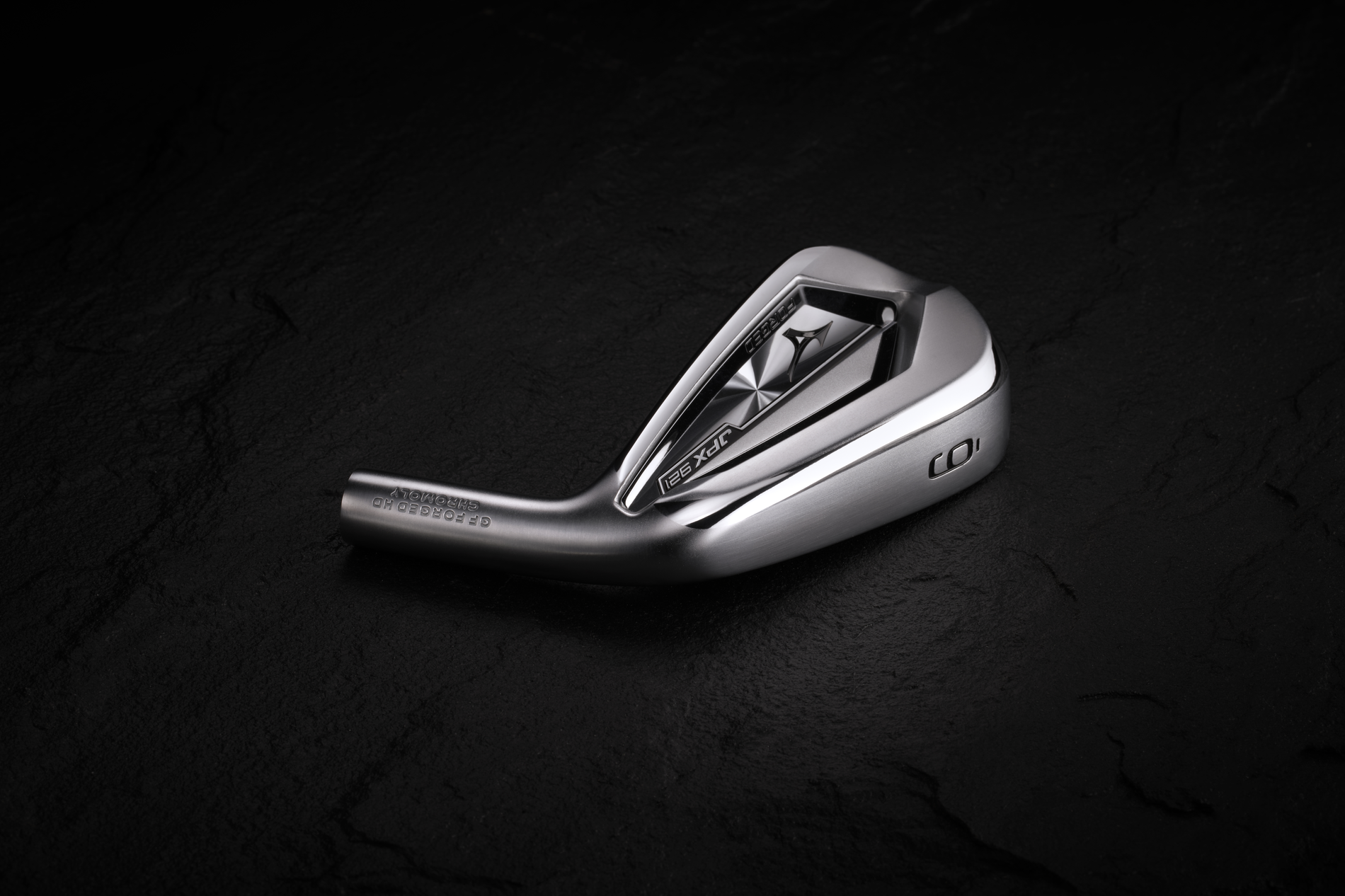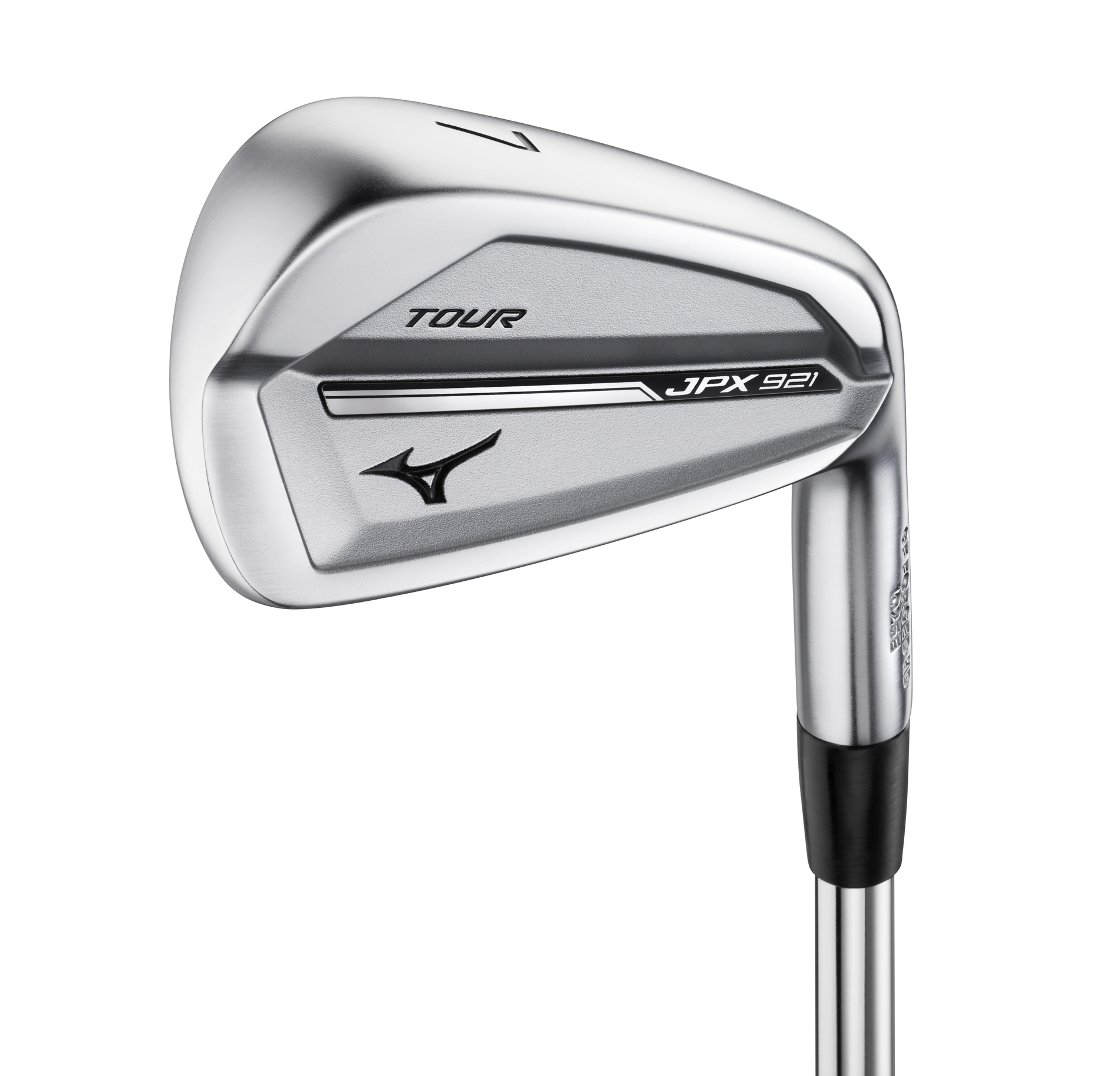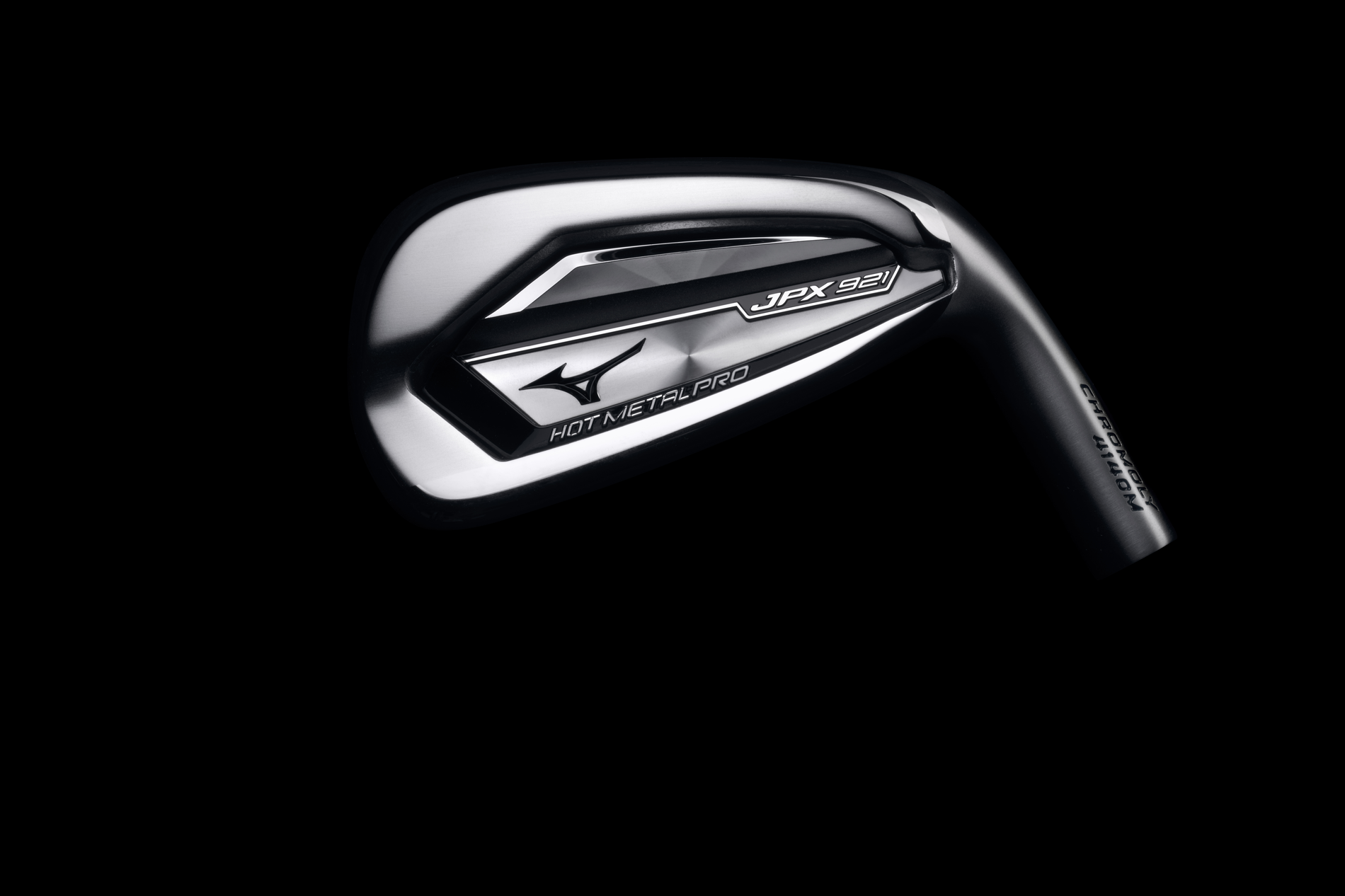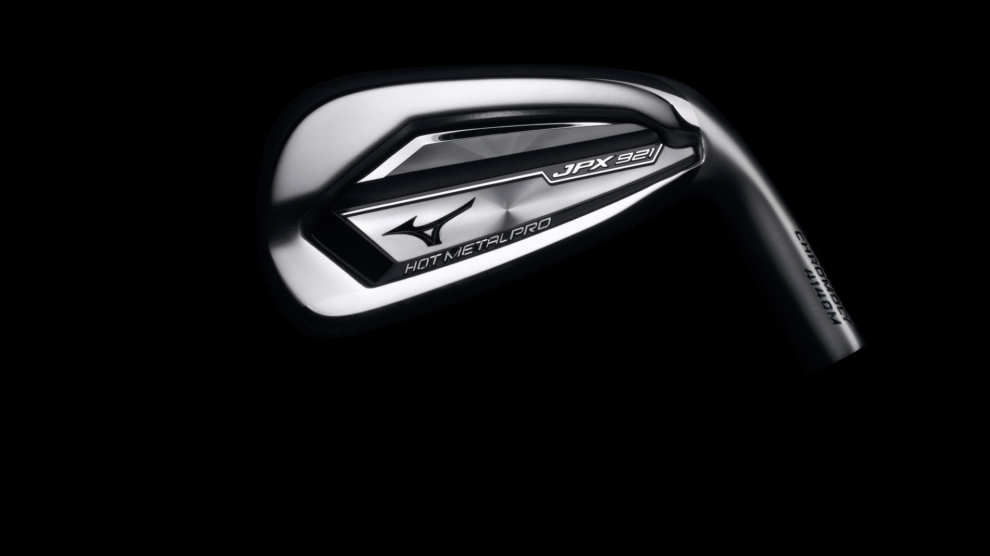I've been playing Mizuno irons for the better part of the last five years -- and some Mizuno iron or wedge has been in my bag for almost all of the last eight years.
For me, the MP-25 irons have been hard to top. I like a classic iron with classic gaps that afford me just enough forgiveness but aren't so hot that I am sometimes left guessing what will come off the face. A lot of Mizuno players are in this camp, but a lot of golfers want, need and benefit most from irons that push the envelope in terms of technology. That's what the JPX line has become for the company: A line that puts technology forward without abandoning the unmistakable Mizuno aesthetic.
The JPX921 line -- with four new sets -- represents the next step in iron tech for Mizuno, led by Chromoly, with the steel alloy material brought into full-body forged Mizuno irons for the first time.

JPX921 Forged
The flagship is the JPX921 Forged irons, which are made with the Grain Flow forging technique the company says leads to better feel in the end product. Chromoly 4120 -- which takes its name as a combo of alloying elements chromium and molybdenum -- is a stronger form of steel than the mild carbon steel often used in forged irons. (It's also a little more expensive.) The stronger Chromoly steel can make a thinner face -- as much a 0.5 mm thinner than the JPX919 -- to deliver faster ball speeds.
The irons feature perimeter weighting, with more in the toe, to improve moment of inertia, dubbed the Stability Frame by Mizuno. A CNC-milled back slot is wider, too, to deliver more stability while allowing more freedom to place weight elsewhere.
The JPX921 Forged blade is actually shorter than the previous generation, and it features reduced offset with a beveled topline and rounded leading edge. However, the lofts are 1 degree stronger across the board, which is a reality of trying to keep up in a game with much lower lofts.
The JPX921 Forged irons are available in 4-iron through gap wedge in right-handed clubs for $1,400 for the set.

JPX921 Tour
The JPX921 Tour looks to build upon what Brooks Koepka has used to so much major success. These irons are meant to be a more forgiving players iron, with just enough technology for a better player to keep up with the times.
The forged iron is made from 1025E Pure Select Mild Carbon steel, and a reshaped Stability Frame also has toe weighting bias like the Forged iron, albeit less so than the JPX919 Tours. The irons are shorter, as you'd expect a better player would want, with a narrower sole that progresses through the set for better turf interaction. However, the cavity pad (the mass behind the ball at address) is thicker throughout the set in an effort to deliver better feel, with improved MOI and normalized spin wherever the ball is struck.
An anti-glare pearl-brush finish is designed to deliver the subtle look a better player often likes.
With a pearl brush, anti-glare finish to minimize distractions over the ball, the JPX921 Tour offers the sharper, stripped-back functional look that the modern player appreciates.
The JPX921 Tour irons are available in 4-iron through gap wedge with KBS $-Taper steel shafts in right-handed clubs for $1,300 for the set.
JPX921 Special Edition Leftie (SEL)
Now, let's interrupt the proceedings to explain the JPX921 Special Edition Leftie irons, which are the first left-handed JPX Tour irons since the concept was created in 2016. It's a combo set, with the 4-iron and 5-iron from the JPX921 Forged and the rest of the set being JPX921 Tour irons. The lofts across the set have been adjusted to work together for proper gapping. (Righties could order a combo set of the two lines just the same.) The set costs $1,325.

JPX921 Hot Metal and Hot Metal Pro
The JPX921 Hot Metal iron represents the third generation of Mizuno irons to use Chromoly, and the company now believes it has figured out how best to utilize the steel alloy. Mizuno doesn't make a lot of distance claims with their irons, but they're saying these Hot Metal irons produce the fastest ball speeds in any iron they've ever made.
These are cast irons, compared to the forged offerings above. Some people care about that, some don't. Depends on how they feel in their hands. However, the Hot Metal irons aren't as much about feeling (like a Mizuno) as they are about flying (like a Mizuno).
These irons use Chromoly 4140M and feature a new CORTech face that's 0.2 mm thinner in the center to deliver more of a trampoline effect and increase ball speeds. The face insert is part of a Seamless Cup Face design that features a sole with variable thickness to allow the leading edge to flex and further improve ball speeds.
The Stability Frame, with its toe weighting bias, is there to offer more forgiveness and more consistent ball speeds. With these irons, the center of gravity was driven lower with material design, affording engineers the chance to strengthen lofts by a degree without changing much else about launch properties.
There are three sound ribs to improve feel and reduce vibration at impact, looking to get the feel closer to what forged players swear by.
The Hot Metal Pro model has a shorter blade length, though both models have longer blade lengths across the board than the prior generation.
The JPX921 Hot Metal irons are available in 4-iron through gap wedge with Nippon NS Pro 950 NEO stock steel shafts and UST Recoil ESX stock graphite shafts in right-handed and left-handed clubs for $1,000 for the set. The same price applies to the JPX921 Hot Metal Pro irons, which have Project LZ Black stock steel shafts.

